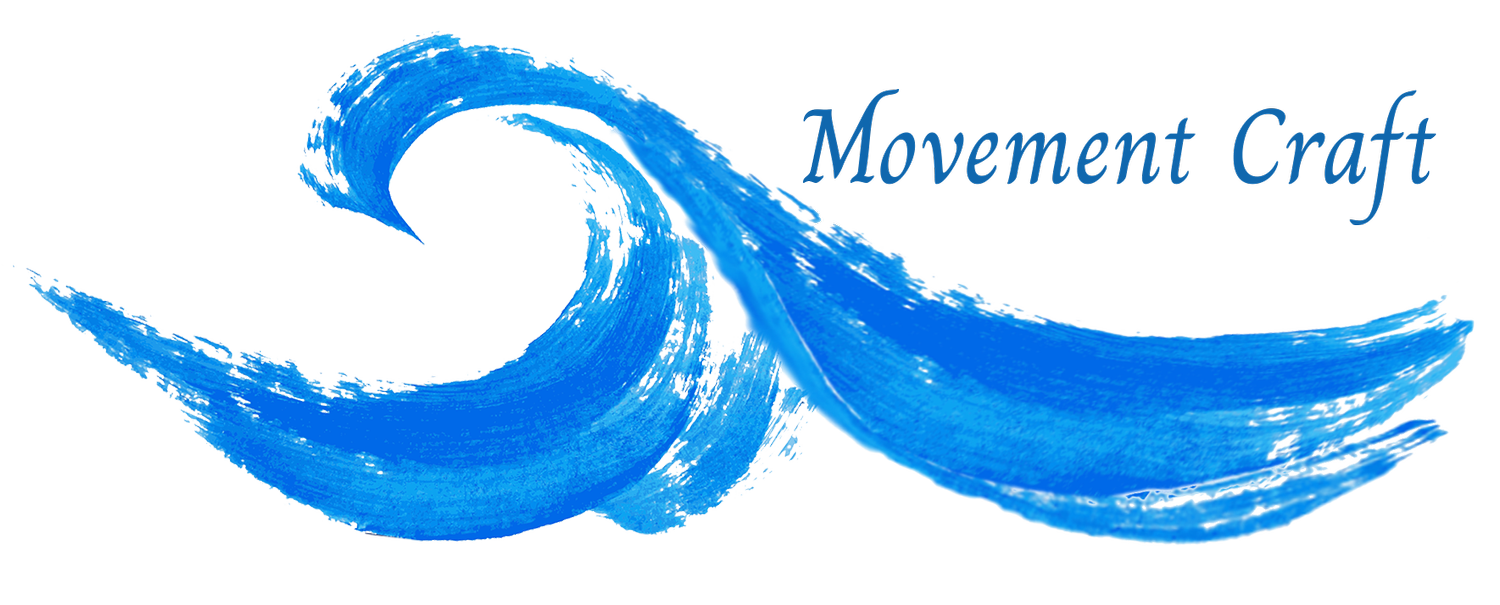Episode 8: Another Tool for Pain-Free Movement
Do you desire to get a grip on your pain? Today I will talk about one very important tool that you will definitely need!
Listen Here:
Spotify | Apple | Google Play | Amazon Music
Show Notes:
Introduction
Cari Vann discusses the importance of working with, releasing, and maintaining our own fascia for pain-free movement.
What is Fascia and Where is it Located?
Fascia is a connective tissue that connects everything in our body and provides strength and flexibility.
Four layers of fascia: superficial, deep, visceral, and parietal.
Focus on deep fascia, which surrounds the musculoskeletal system.
The Role of Fascia
Holds muscles together, allowing them to contract and stretch.
Provides a smooth surface for muscles and joints to slide without friction or tears.
Helps with joint stability, movement, and circulation.
Healthy vs. Unhealthy Fascia
Healthy fascia: flexible, stretches with us, and is smooth and slippery.
Unhealthy fascia: tightens up, forms adhesions, restricts movement, and causes pain.
Factors Contributing to Adhesions
Limited physical activity.
Repetitive movements.
Trauma, surgery, or injury.
Inflammation and trauma when the liquid between fascia layers dries up.
Releasing Fascia for Pain Management
Break down adhesions, soften them up, and realign muscles for more effective movement.
Combine with a habit of stretching for better results.
Tools for Fascia Release
Foam rollers, stationary devices for feet, and different sizes of balls.
Start with simple tools like tennis balls, golf balls, or lacrosse balls, but consider specialized balls for specific areas.
Fascia Regimen for the Entire Body
Work on all parts of the body, including feet, spine, back, hips, shoulders, neck, and legs.
The Value of Professional Bodywork
Combine self-fascia work with treatments from skilled practitioners like Rolfers, active release specialists, or licensed massage therapists.
Key Takeaways:
Fascia plays a crucial role in pain-free movement and overall body function.
Unhealthy fascia can cause pain and movement restrictions, but we can release and maintain our fascia to alleviate these issues.
Utilizing various tools and techniques, as well as seeking professional bodywork, can be beneficial in maintaining healthy fascia and reducing pain.
Transcript:
Hello everyone and welcome back to Better Than a Pill. I'm Cari Vann and I'm so grateful and excited to be here again to share with you today. In today's episode, we're going to be talking about another very important tool for pain-free movement, which is in the power of learning to work, release, and maintain our own fascia.
So we're going to start off by talking about what the fascia is and where it's located. Fascia is a connective tissue, a sheath of stringy connective tissue that I like to compare to a spider web. It's located throughout the inside of our entire body and is a very important system in and of itself. It connects everything, is made up of collagen, and provides strength and flexibility. There are actually four layers of fascia in the body: superficial, deep, visceral, and parietal. The area we are focusing on for pain-free movement is the deep fascia, which surrounds the musculoskeletal system.
Fascia attaches to every muscle, tendon, and ligament inside of our bodies, holding our muscles together, allowing them to contract and stretch. It provides a smooth surface for our muscles and joints to slide against each other without creating friction or tears, giving our body strength and separating our muscles to ease muscle tension. Fascia also helps with joint stability, movement, and circulation, providing an environment that enables all of our body systems to work together.
Healthy fascia is flexible, stretches with us, and is smooth and slippery. Unhealthy fascia tightens up, becoming gummy and crinkled, forming adhesions that can restrict movement and cause pain, as well as painful health conditions. Factors contributing to fascia forming these adhesions include limited physical activity, repetitive movements, trauma, surgery, or injury. The fascia has a liquid in between the layers, and inflammation and trauma can occur when this dries up, damaging the fascia.
The good news is that we can do a lot to address these issues. We can release our own fascia, break down adhesions, soften them up, and realign our muscles, allowing for more effective movement. This can be done on your own in almost any part of the body and is especially effective in combination with the habit of stretching. It's an amazing tool for eliminating pain and pain management.
To release fascia, certain tools can be used, such as a foam roller, which is good for some areas but not all. Other tools include stationary devices for the feet and different sizes of balls. Starting with simple tools like tennis balls, golf balls, or lacrosse balls can be helpful, but it's nice to have balls designed to target certain areas of the body effectively. I advocate for working all parts of the body, including the feet, spine, back, hips, shoulders, neck, and legs, in a fascia regimen that can be life-changing.
In addition to working on your own fascia, it's important to note that there's also value in getting bodywork done from a skilled practitioner, such as a Rolfer, active release specialist, or licensed massage therapist. Combining this with your own fascia work can be extremely beneficial.
In this episode, we discussed the fascia, where it's located, what it is, its properties when healthy and unhealthy, and ways to manage your own fascia to control and eliminate pain in our bodies. I hope you enjoyed this episode and found it helpful. Remember, we release new episodes every Wednesday, and I look forward to having you join me then.
